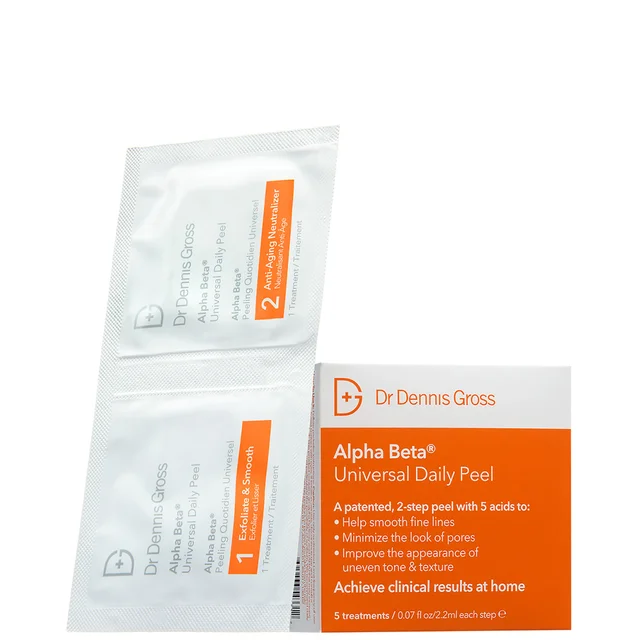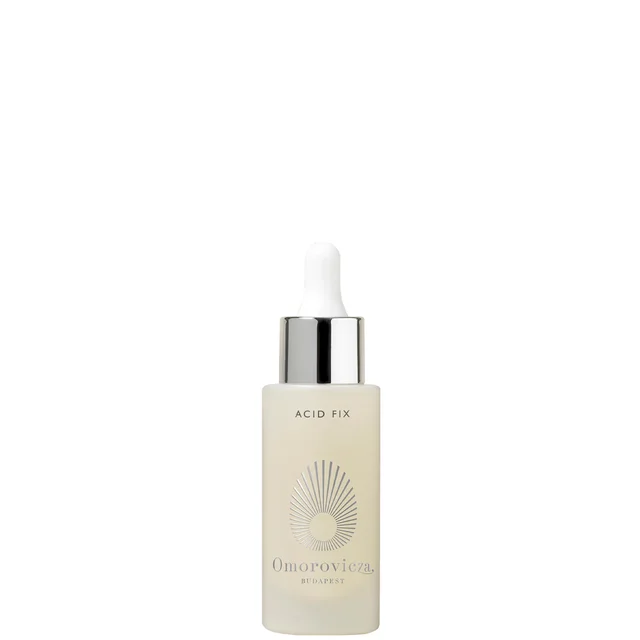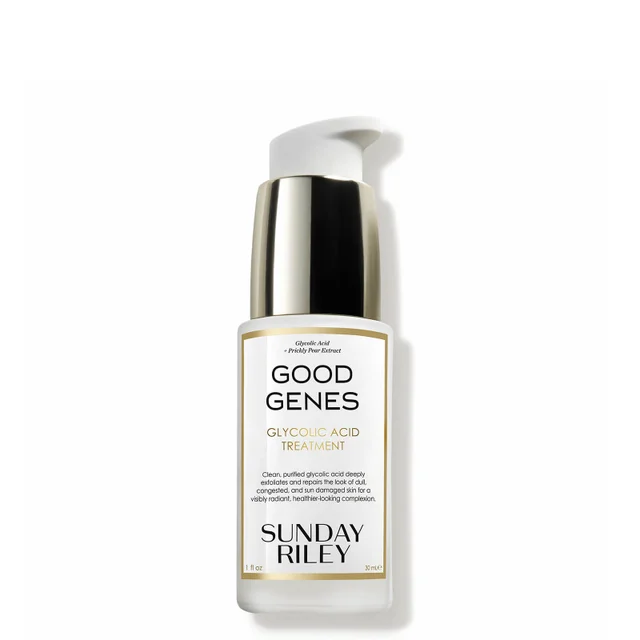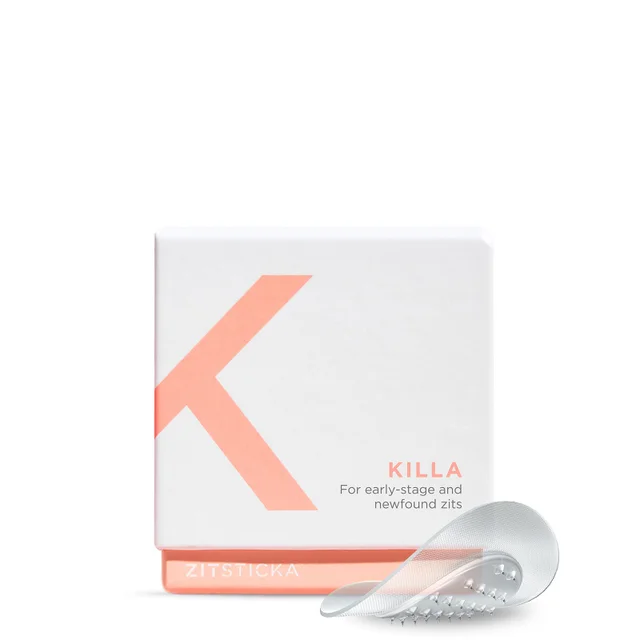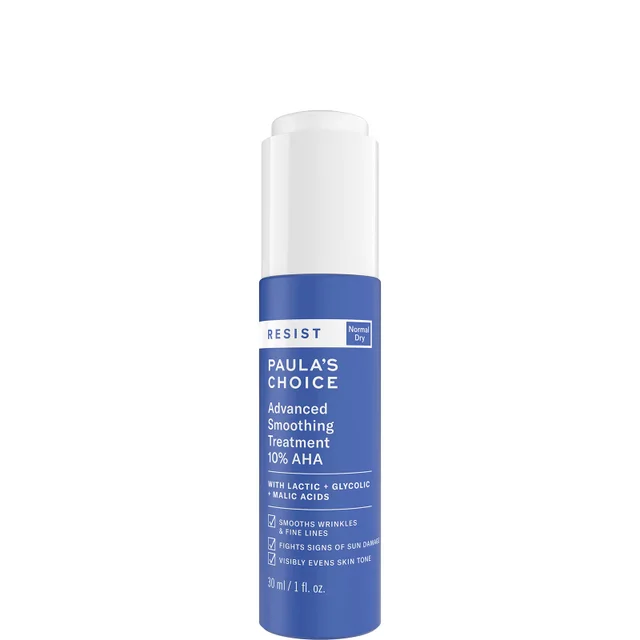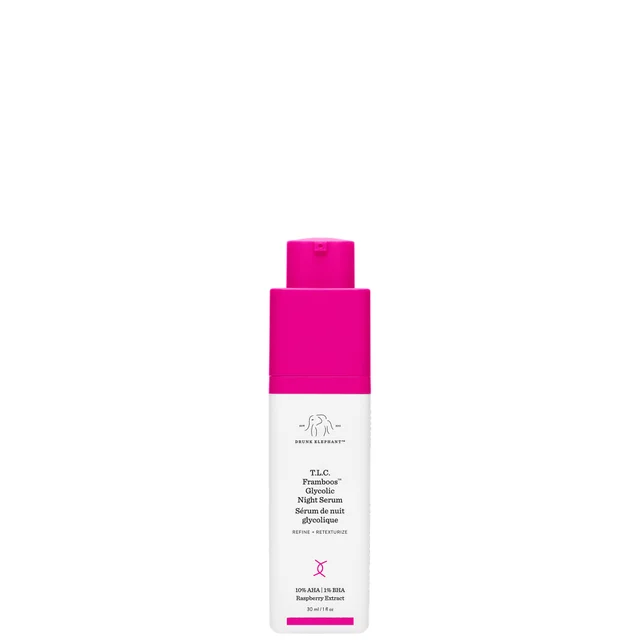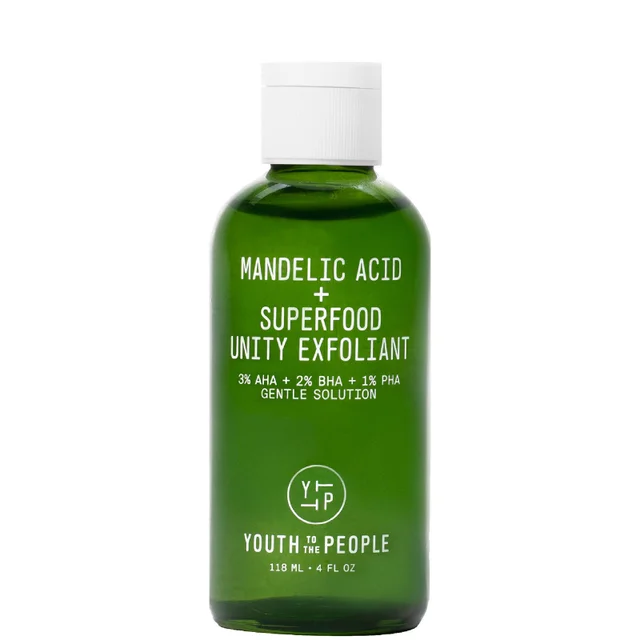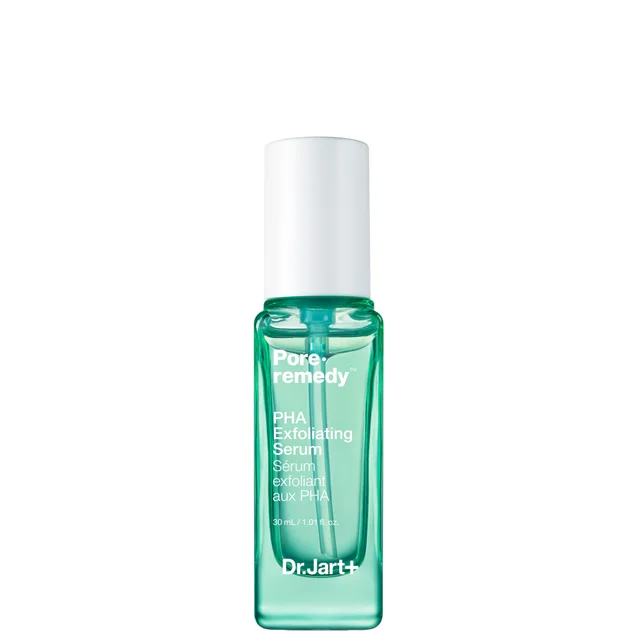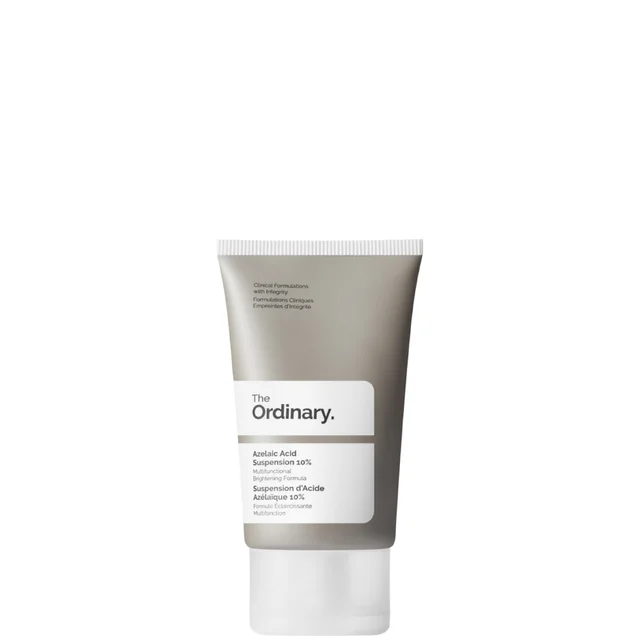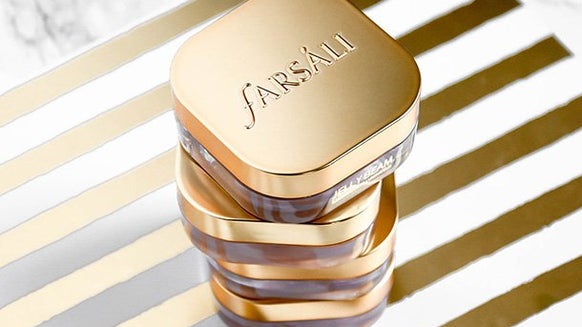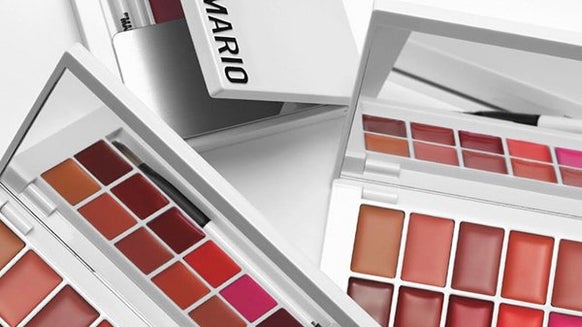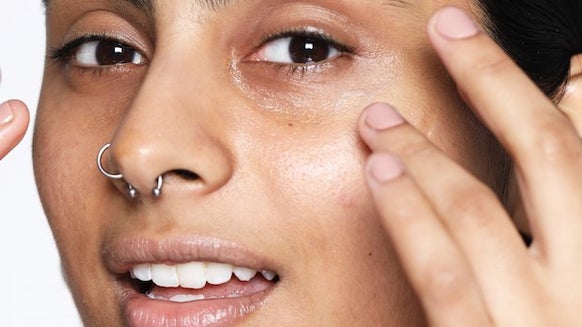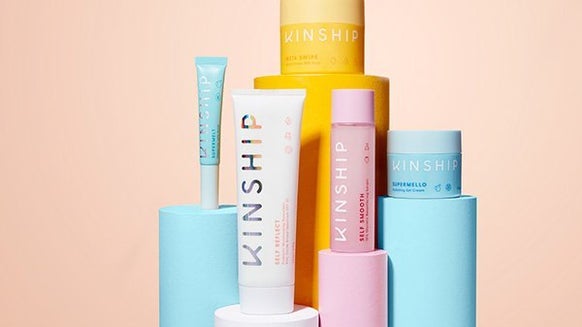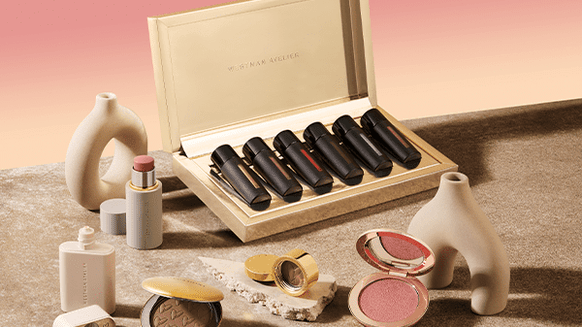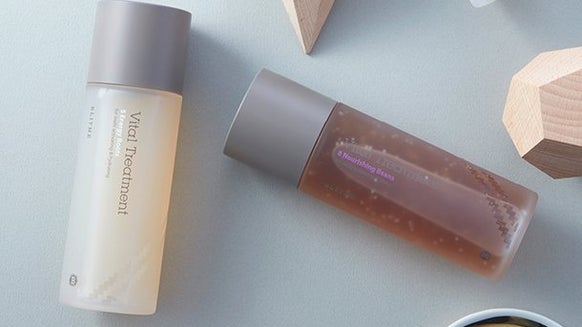Exfoliating with acids? Here’s what you need to know
Though they sound like the last thing you'd want to include in your {skin care} routine, {acids} can actually be your complexion's saving grace; their exfoliating and plumping powers are pretty potent - if you use them wisely.
Thanks to brands like {Alpha H}, {Pixi} and {The Ordinary} people are learning more about the benefits of mixing and matching their acid regime to suit their particular concerns. Acids work wonders on a number of issues: scarring, blemishes, pigmentation, dullness, collagen-boosting and even hydration - the list is endless.
But don't go overboard - these are still acids, which can cause sensitivity, dryness and irritation if you're not careful. Start off using acid-based products twice a week, especially if you have sensitive skin. Plus you're more vulnerable to sun exposure after using this type of product - so it's best to apply them at night, or follow up with a broad spectrum sunscreen afterwards.
The best thing about them - you should see a radiant glow almost immediately (we do love a product we can see working straight away). Here are the ones you should be stocking up with.
AHAs:
Think of these acids as a twice or thrice-weekly gym session for your complexion, putting pores through their paces and kick-starting collagen production. The big hitters in this category are alpha-hydroxy acids, or AHAs, which work by dissolving the 'glue' that holds dead cells together (the uppermost, radiance-compromising 'stratum corneum').
You may not be able to actually see these resurfacing, but it's likely you'll feel a slight 'tingle' upon application (and by 'tingle' we don't mean a burning sensation - this is NEVER a good sign). As well as retexturising, AHAs lower the skin's pH level (from 5.5. to around 3), which sends a message to the dermis (i.e. 'Ground Control') to speed up cell renewal so your skin is left looking renewed with a beautiful, post-facial glow.
BHAs:
Beta-hydroxy acids (BHAs) work in a similar way but penetrate more deeply where they 'excavate' embedded dirt and grime to keep pores clear (and blemishes at bay).
A hefty dose of both of these acids can be found in Dr. Dennis Gross's {Alpha Beta Peel Original Formula} treatment pads - perfect if your dull skin needs a full, 360° overhaul - while Omorovicza's phenomenal {Acid Fix} is yet another multi-action acid powerhouse.
Here are three AHA/BHAs you'll probably come across the most:
1. Glycolic acid
Sourced from sugar cane, this is like the Ferrari of AHAs. One of the most effective acids on the market, this is (molecularly!) the smallest of all the 'alphas' making its ability to penetrate the skin second-to-none. In short - it gets the job done. It's the star ingredient in {Alpha-H} iconic night treatment {Liquid Gold} - one of the first products to pioneer its use in skin care.
2. Lactic acid
Usually derived from milk (but there are synthetic versions for better stability (and vegans!)) this works in the same way as glycolic but is slightly milder, so ideal for more sensitive skin types. Lactic acid also helps to boost hydration and optimise brightness. It headlines in {Sunday Riley's} legendary {Good Genes} serum, a concoction renowned by Insta's skin care set for its skin-plumping prowess.
3. Salicylic acid
A beta-hydroxy acid (BHA) this hard-working hero is most often used for the treatment of acne and blackheads. It works on a deeper level than its 'alpha' counterparts, purging pores instead of simply clearing surface blockages. Get your salicylic fix with ZitSticka's {KILLA Clarifying Microdart Patches} or, for more serious 'issues', try the formidable Paula's Choice {Skin Perfecting 2% BHA Liquid Exfoliant}.
Now you've met the 'main events', it's time to graduate from acid school to university... The following AHAs tend to have less 'sloughing' clout than glycolic and lactic, but work well when used in conjunction with them (if glycolic is Diana Ross then consider these gals The Supremes)...
The supporting cast of acids
Malic acid
This helps to inhibit production of melanin, making it great for hyperpigmentation. You can find it in Paula's Choice's {Resist Advanced Smoothing Treatment 10% AHA}, a pH-balanced formula that gently removes dead skin cells to dramatically improve the signs of dry, dull skin and uneven skin tone.
Citric acid
A fruit-derived acid, it's most often used as an 'extra' to up a product's exfoliating ante. It's also amazing for lessening dark spots and signs of sun damage, while shielding your skin from the impact of ageing aggressors (it's rich in antioxidants). Citric joins a chorus of other AHAs in {REN's Glycol Lactic Radiance Renewal}, and can be found in Drunk Elephant's {T.L.C. Framboos Glycolic Night Serum}.
Mandelic acid
Derived from bitter almonds, this one's a good choice for oily/spot-prone skin, as it's anti-bacterial (to help blitz blemish-causing bacteria) and reduces sebum, so that shiny forehead will hopefully be a thing of the past. Find it in Youth To The People's {Mandelic Acid + Superfood Unity Exfoliant}.
And now for a few other acids you might stumble upon...
Azeliac Acid
If you're already know your glycolics from your salicylics, this is an 'underground' acid to have on your radar. This yeast-derived delight is said to work wonders on acne and rosecea due to its anti-inflammatory and anti-bacterial properties, in addition to evening skin tone. {The Ordinary} have harnessed it in their brightening and retexturising {Azelaic Acid Suspension 10%}, which is certain to impress your fellow 'skintellectuals'.
PHAs
Poly-hydroxy acids (PHAs) are currently less commonly used than AHAs, but work pretty much the same way. Because the molecules are larger than AHAs, they work on a slightly slower scale, meaning less likelihood of 'tingling' and lower risk of irritation (which makes them especially good if your face is too-easily upset). Working to repair skin from sun and UV damage, as well as helping to restore the skin barrier, the most common ones are gluconolactone, maltobionic and lactobionic - the latter of which crops up in Omorovicza's {Blue Diamond Resurfacing Peel}, as well as Dr.Jart+'s {Pore Remedy PHA Exfoliating Serum}.
And one last word of warning: be careful layering different products if some contain acids - as they can work against each other and make each other's ingredients less effective. For example, vitamin C doesn't tend to play nicely with many of the above acids - so any product featuring them should be avoided if you've already applied an acid to your skin (click here to read more about which skin care products don't mingle).

Cult Beauty’s Content Editor and a Cult Beauty OG, Verity loves nothing more than the marriage of language and lip balm. A quintessential Libran, she’s a self-professed magpie for luxury ‘must-haves' and always pursuing the new and the niche — from the boujee-est skin care to cutting-edge tech. Balancing an urge to stop the clock with her desire to embrace the ageing process (and set a positive example for her daughter), Verity's a retinol obsessive and will gladly share her thoughts about the time-defying gadgets, masks and treatments worth the splurge...
